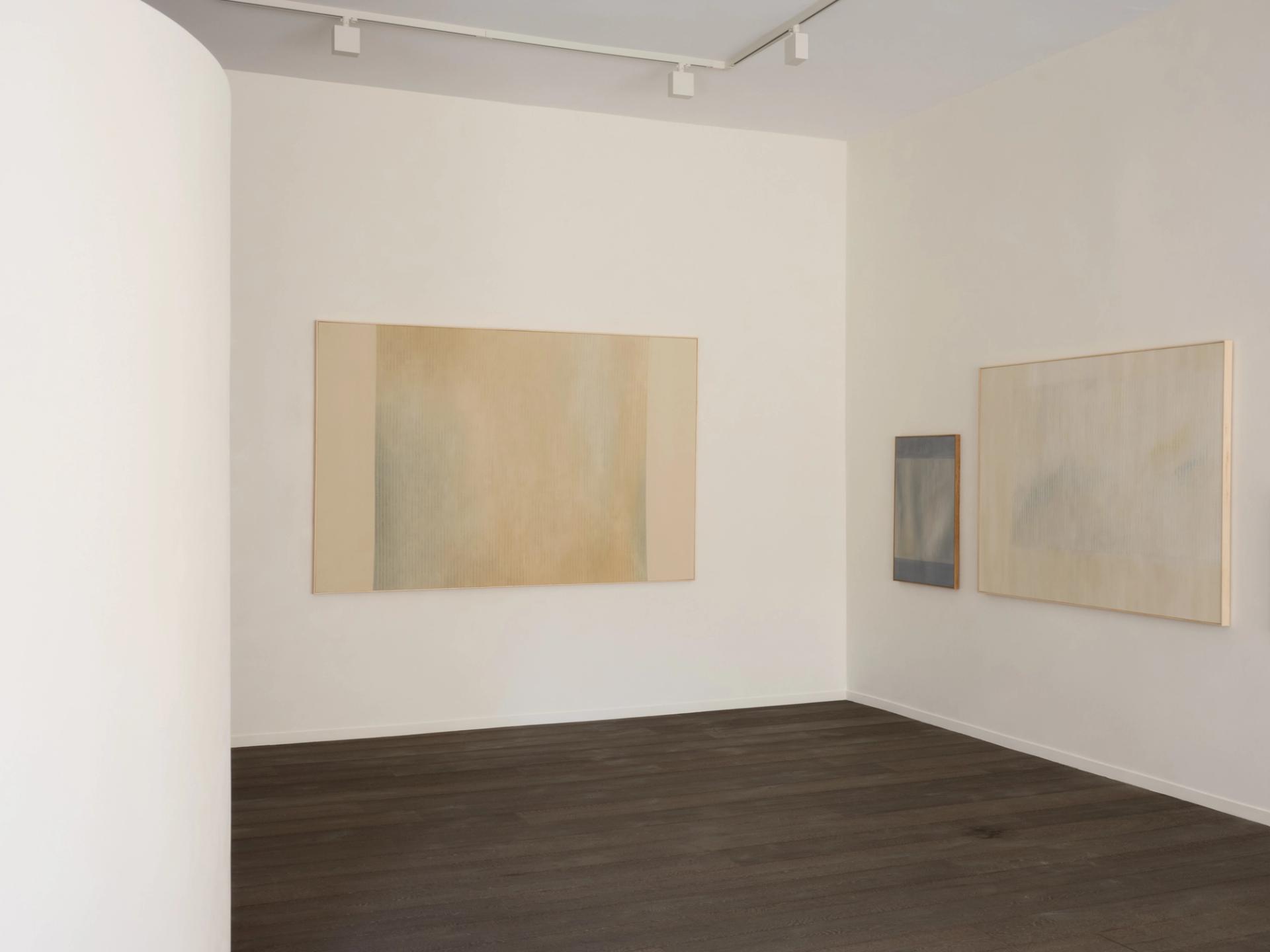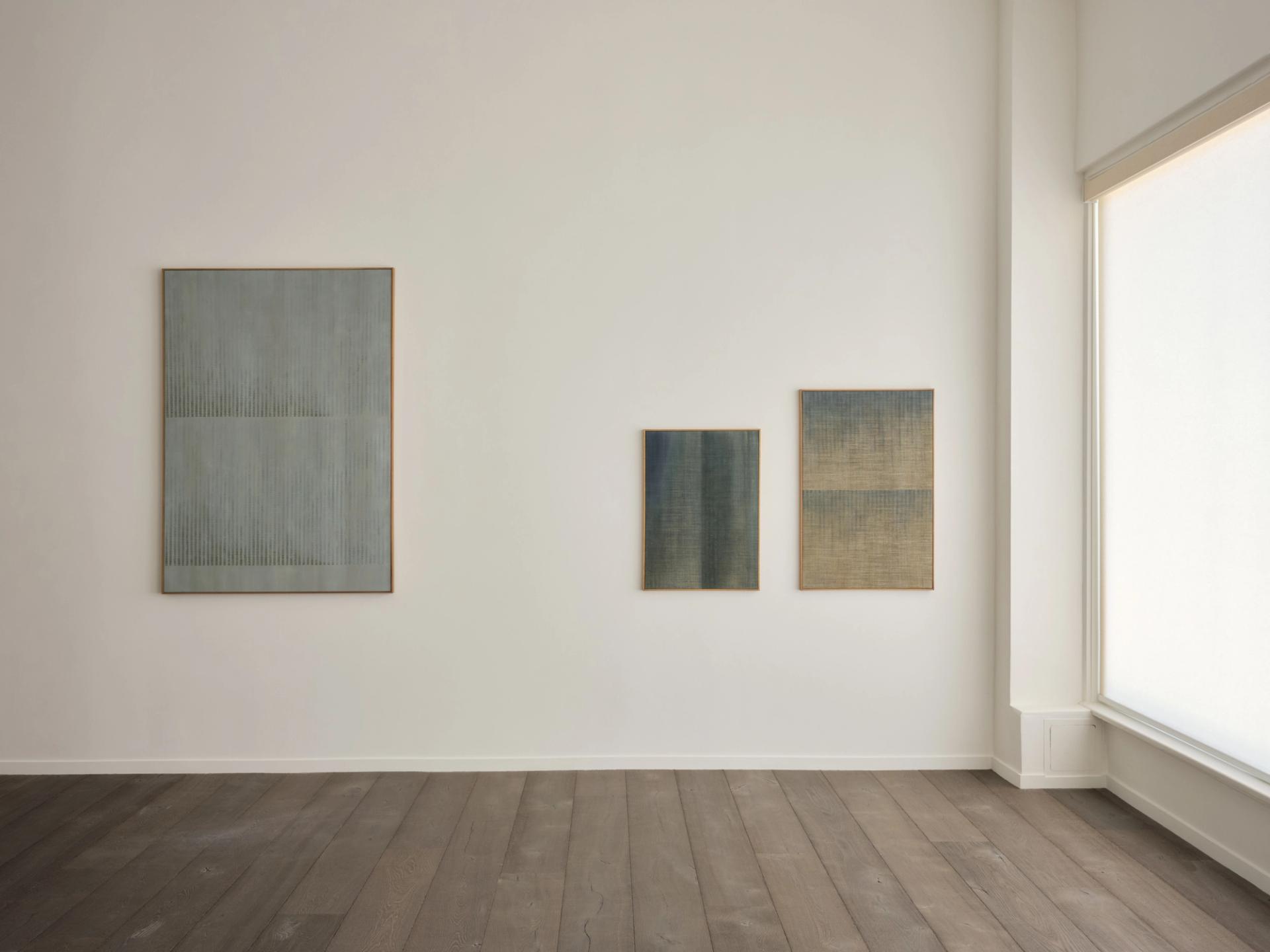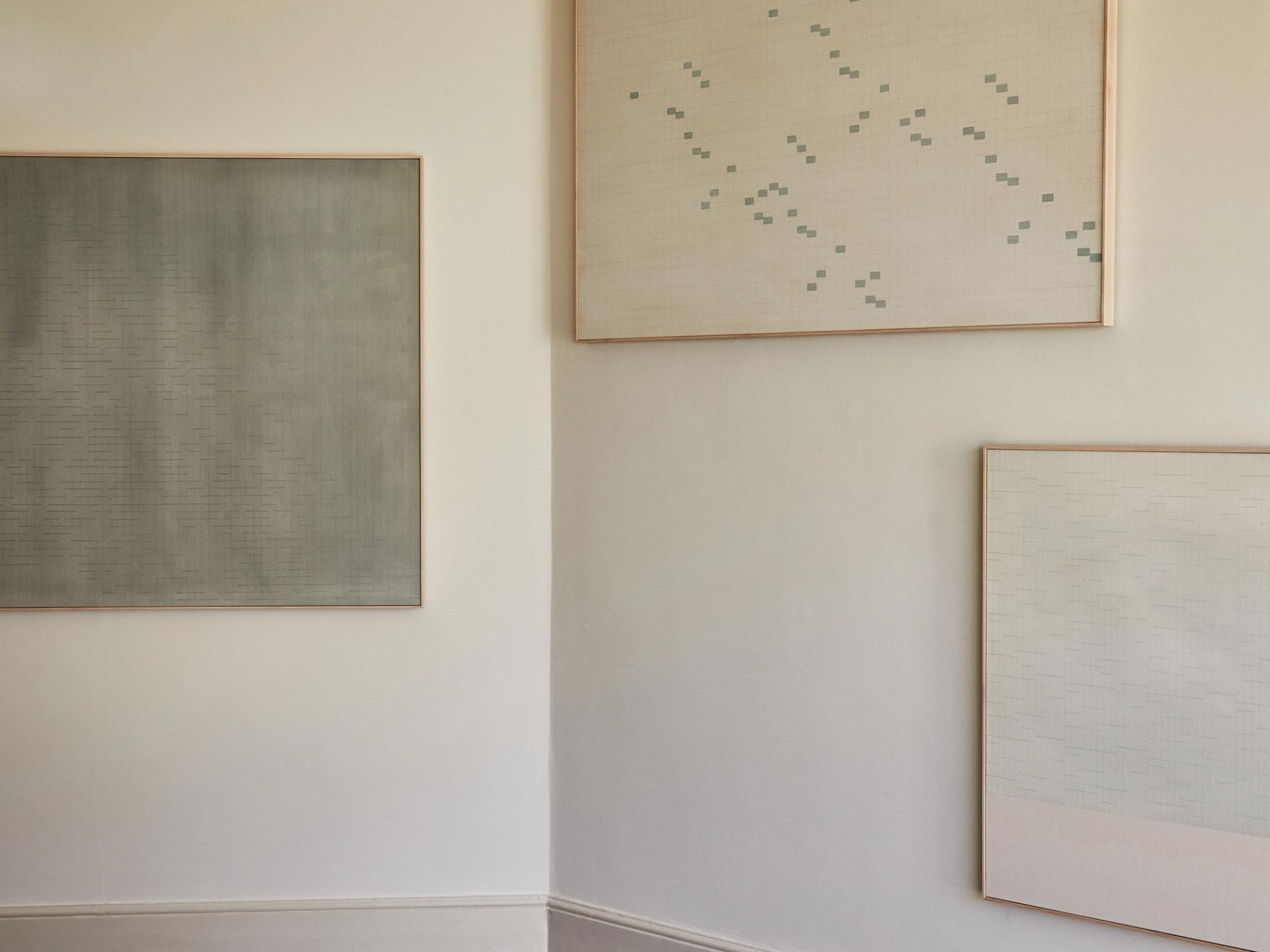Liam Stevens
London-based artist Liam Stevens works in layered pigment washes with pencil on canvas, and constructed reliefs. His creations are composed of repeated lines and forms, creating a sense of rhythm in the negative space. “I am often working with elements that have no compositional hierarchy, as the component parts are all the same size,” he says. “I look for sets of rules, of repeated groupings or clusters, to suggest a rhythm that the viewer is subconsciously aware of, but also not aware of. There is something safe and familiar about repetition; we use it to make sense of the world around us, and our response to it can evoke deep contemplation.”
Familiar urban and natural landscapes inform much of Stevens’s practice. “There is a dichotomy to growing up in the countryside in Somerset and now living in Zone 1 in London,” he says. “I am deeply connected to the memory of being surrounded by nature, all the while experiencing the energy, culture, chaos and connectedness of a busy city. I live on the seventh floor, and can see 30 or more skyscrapers on the horizon from my apartment. I find the effect of this setting similar to that of a rural landscape, which also consists of repeated structures and forms. My work is a distinctly personal melding of these two environments. The need to balance them forces me to withdraw into my own space to process what’s going on around me.”
Stevens’ paintings and reliefs have been exhibited at Fotokino in Marseille, Gallery Jason Shin in Seoul, Alzueta in Barcelona, and a touring show with the publisher Booklet in Tokyo. A tranquil quality emerges from his creative process. “Each canvas is stained with pigment washes up to 30 times,” he says. “I focus on certain areas, and work more quickly over others, to create different inflections on the surface. I find this methodical application very calming, and hope that the final piece exhibits a kind of perfect imperfection in its surface.”
There is something safe and familiar about repetition; we use it to make sense of the world around us, and our response to it can evoke deep contemplation.
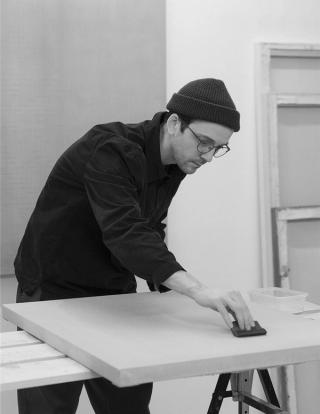
Featured works
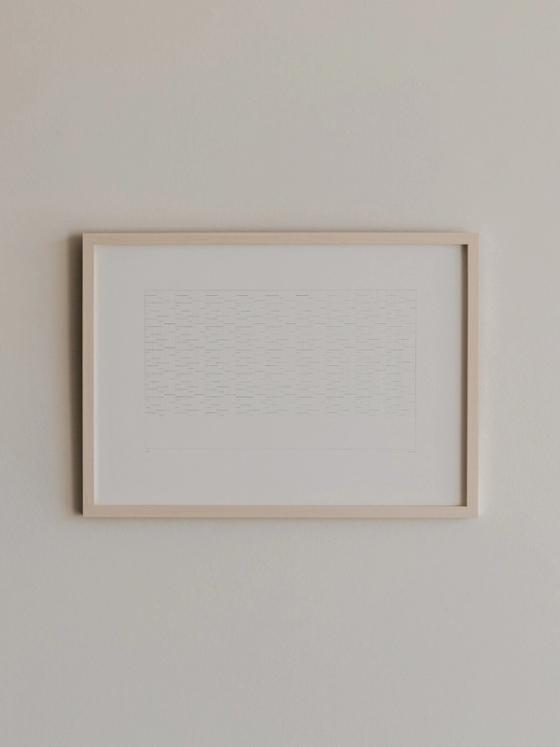 Bath Gallery
Bath GalleryLiam StevensStudy 01, 2020
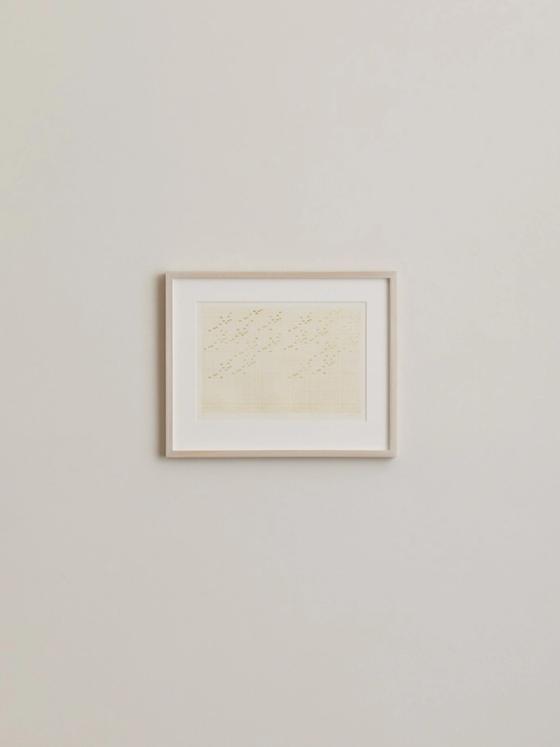
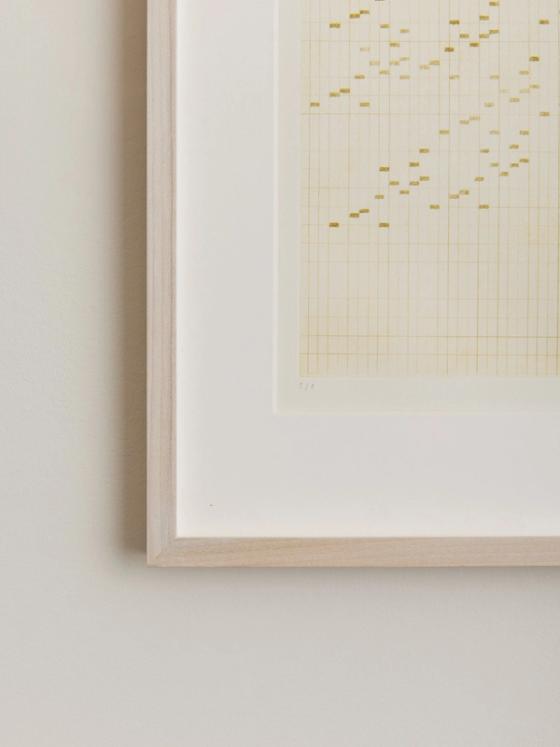 Bath Gallery
Bath GalleryLiam StevensRL 25, 2022
 Bath Gallery
Bath GalleryLiam StevensRL 41, 2022
 Bath Gallery
Bath GalleryLiam StevensUntitled IV, 2022
 Bath Gallery
Bath GalleryLiam StevensRL 15, 2020
 LA Gallery
LA GalleryLiam StevensUntitled III, 2023
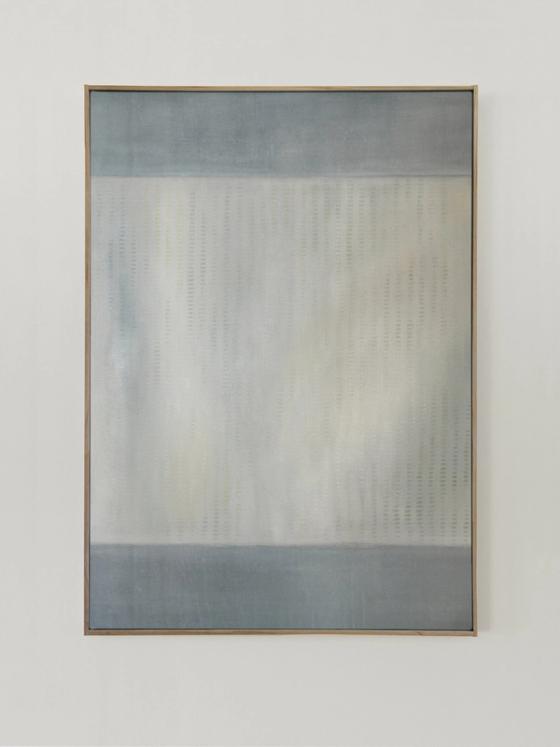 LA Gallery
LA GalleryLiam StevensUntitled VII, 2023
 Bath Gallery
Bath GalleryLiam StevensUntitled III, 2022
